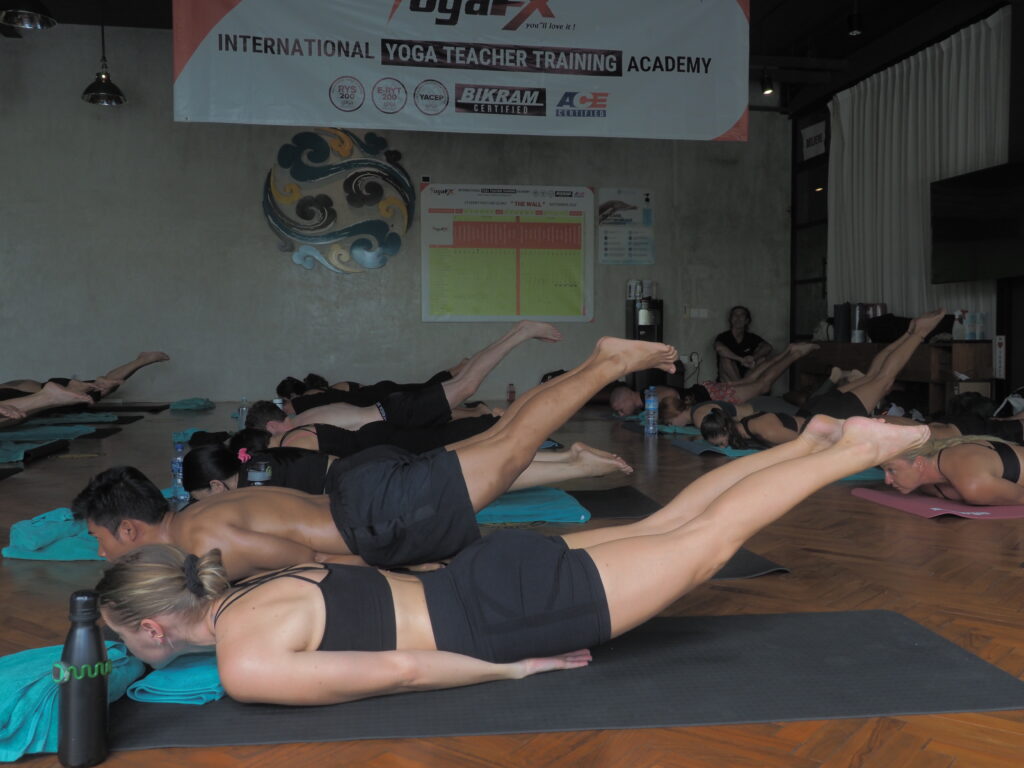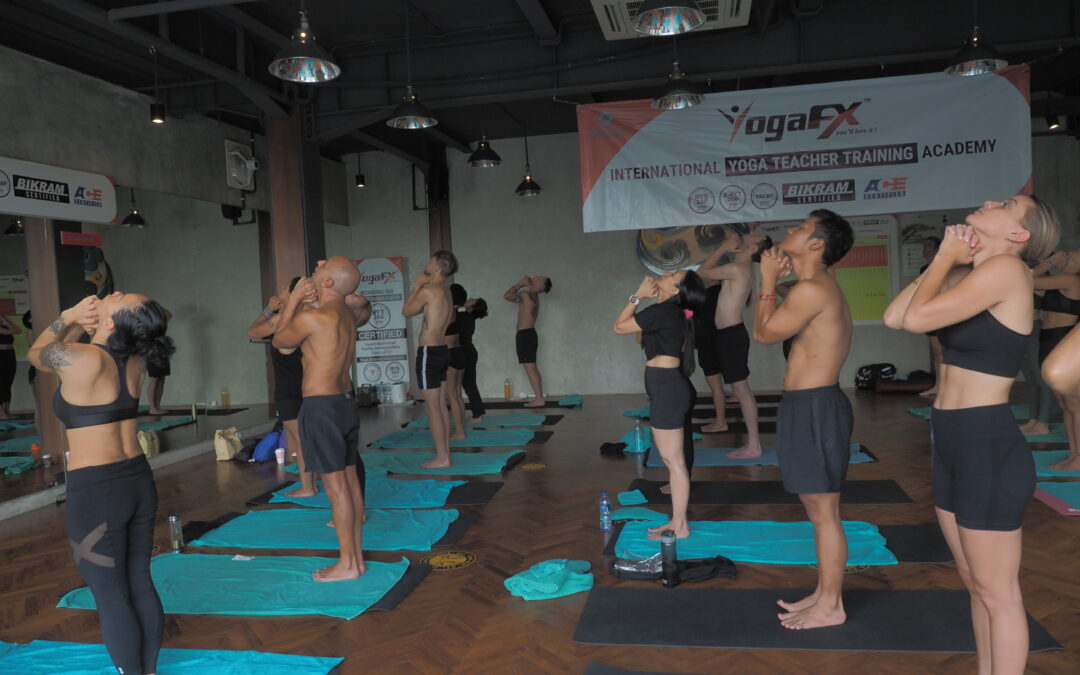Are you longing to experience the benefits of hot yoga in the comfort of your own home? If you’ve been wondering, “How to create a hot yoga room at home,” you’re in the right place. Transforming a space in your home into a dedicated hot yoga room allows you to embrace the heat, practice at your convenience, and deepen your yoga journey. In this article, we will guide you through the steps to create a hot yoga room that mimics the heated environment of a professional studio. Whether you’re a hot yoga enthusiast or simply seeking to infuse your practice with the warmth and intensity of the heat, join us as we unlock the secrets to building a hot yoga sanctuary within your own four walls.

Choosing the Right Space
The first step in creating a hot yoga room at home is to choose the right space. Look for an area in your home that provides enough room for your yoga practice. Consider factors such as natural light, ventilation, and privacy. You may choose to convert an existing room, such as a spare bedroom or a basement, or you can set up a dedicated space by partitioning a larger room. Ensure that the space is well-suited for your practice and allows you to move freely without any obstructions.
When You Make A “New you” Pain Will Dissolve Like The Wind
Heating and Temperature Control
To create a hot yoga room, you’ll need to replicate the heated environment of a studio. Consider using an infrared heater or a space heater to raise the temperature to around 95-105 degrees Fahrenheit (35-40 degrees Celsius). These heating options can help create the desired heat and humidity for an authentic hot yoga experience. It’s important to maintain a consistent temperature throughout your practice, so consider using a thermostat or timer to regulate the heat and ensure a comfortable environment.

Flooring and Yoga Mat Considerations
Selecting the right flooring and yoga mat is crucial for a safe and comfortable hot yoga practice. Opt for a non-slip and heat-resistant flooring material that can withstand the heat and provide sufficient traction. Cork, rubber, or non-slip vinyl are popular choices for hot yoga rooms. Additionally, invest in a high-quality yoga mat specifically designed for hot yoga. Look for mats with good grip and sweat absorption properties to prevent slipping and enhance stability during your practice.
Ventilation and Air Quality
Proper ventilation is essential in a hot yoga room to maintain fresh air circulation and prevent stuffiness. Install fans or ceiling vents to promote air movement and dissipate excess heat. Additionally, consider using an air purifier to enhance air quality by filtering out impurities and allergens. Regularly cleaning the hot yoga room, including wiping down surfaces and washing yoga props, helps maintain a hygienic environment and ensures a pleasant practice space.
Setting the Ambience
Creating the right ambience in your hot yoga room can enhance the overall experience. Install adjustable lighting fixtures or use dimmers to control the intensity and create a soothing atmosphere. Soft, warm lighting can help create a calm and tranquil environment. Consider playing relaxing music or sounds that complement your practice and facilitate focus and relaxation. Experiment with different options to find the ambience that resonates with you and supports your practice.
Essential Equipment and Accessories
Equip your hot yoga room with essential items that enhance your practice. Keep a stack of towels nearby for wiping away sweat and ensuring a slip-free practice. Have a designated area for water bottles to stay hydrated throughout your session. Depending on your practice preference, consider incorporating props like blocks, straps, and bolsters to assist with alignment and support. Organize and store your equipment neatly to maintain a clutter-free and harmonious space.
Safety Precautions and Maintenance
Practicing hot yoga at home requires attention to safety and maintenance. Stay hydrated before, during, and after your practice to prevent dehydration. Listen to your body and take breaks as needed to avoid overheating. It’s important to practice within your limits and avoid pushing yourself too hard. Regularly clean and maintain your hot yoga room, including wiping down surfaces, washing towels, and cleaning your yoga mat. Stay mindful of any potential hazards and address them promptly to ensure a safe and enjoyable practice space.

Conclusion
Congratulations on taking the initiative to create a hot yoga room at home! By following the steps outlined in this article, you can bring the warmth and intensity of hot yoga into your daily practice within the comforts of your own space. However, if you aspire to become a certified Bikram yoga instructor and share the transformative power of hot yoga with others, consider the online Bikram yoga teacher training offered by YogaFX. Under the guidance of Mr. Ian YogaFX, a Yoga Alliance certified instructor, this comprehensive program provides the knowledge, skills, and certification you need to become a confident and inspiring Bikram yoga teacher.
Embrace the convenience and flexibility of practicing hot yoga in your own dedicated space, and let the heat ignite your practice and deepen your connection with mind, body, and spirit. Whether you’re a seasoned practitioner or just beginning your yoga journey, a hot yoga room at home is a sanctuary that supports your growth, well-being, and self-discovery. Start building your hot yoga sanctuary today and experience the transformative power of this dynamic practice in the comfort of your own home.

